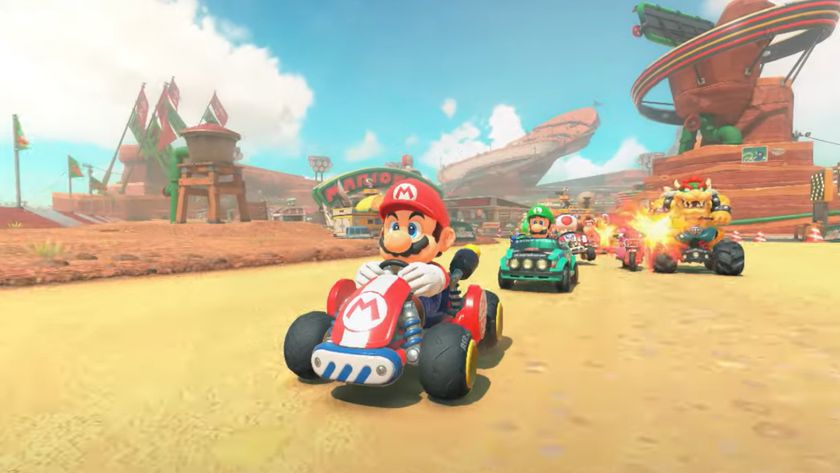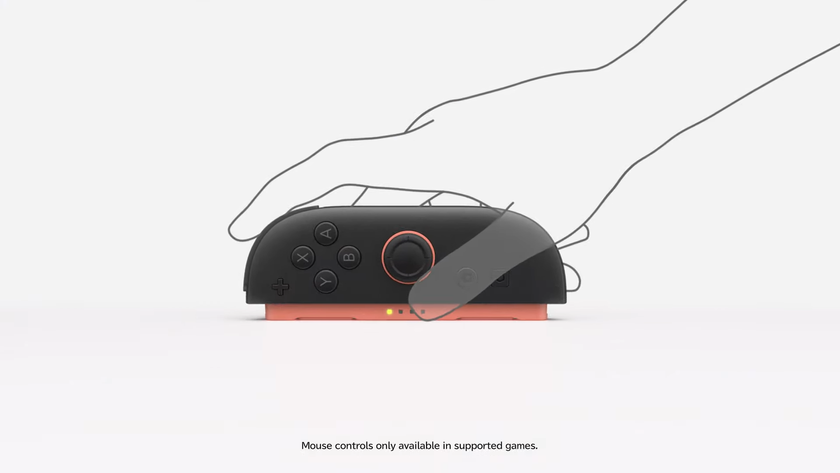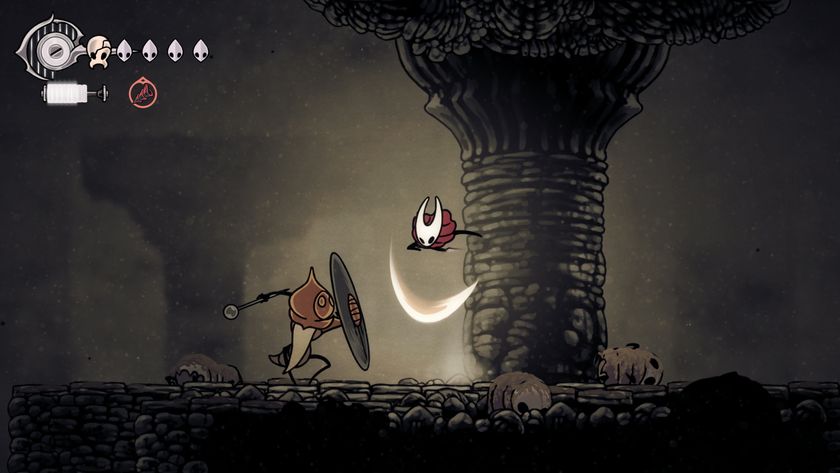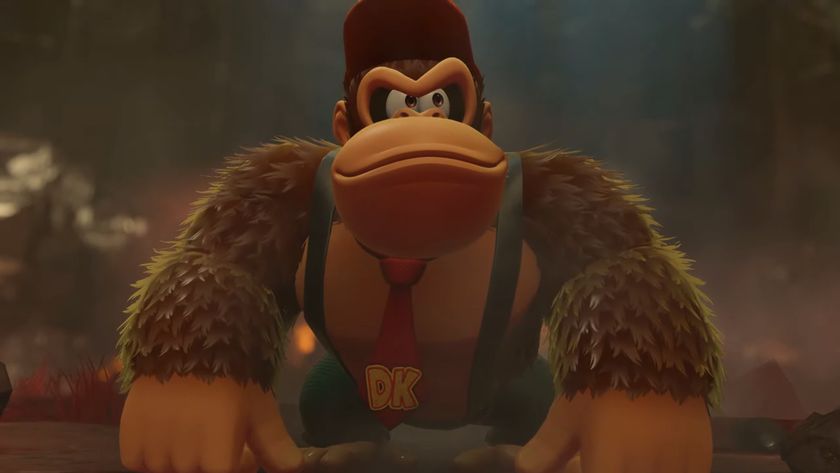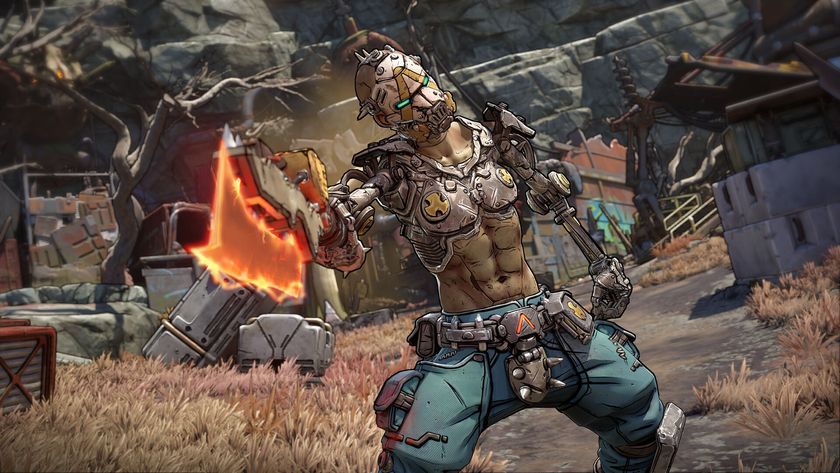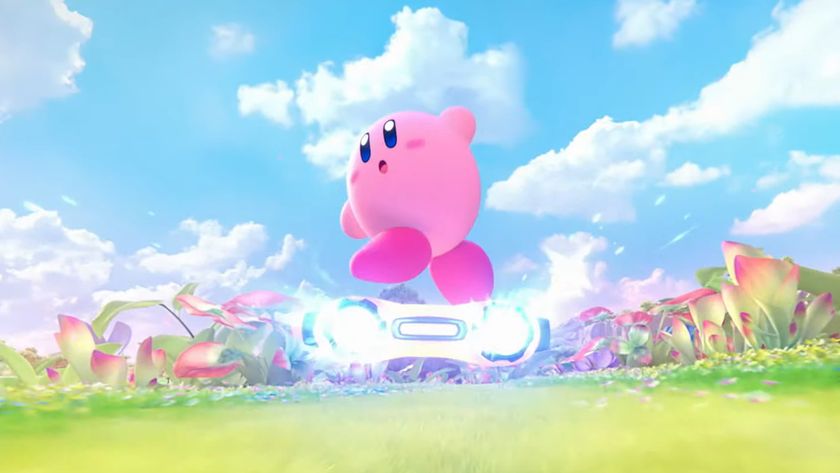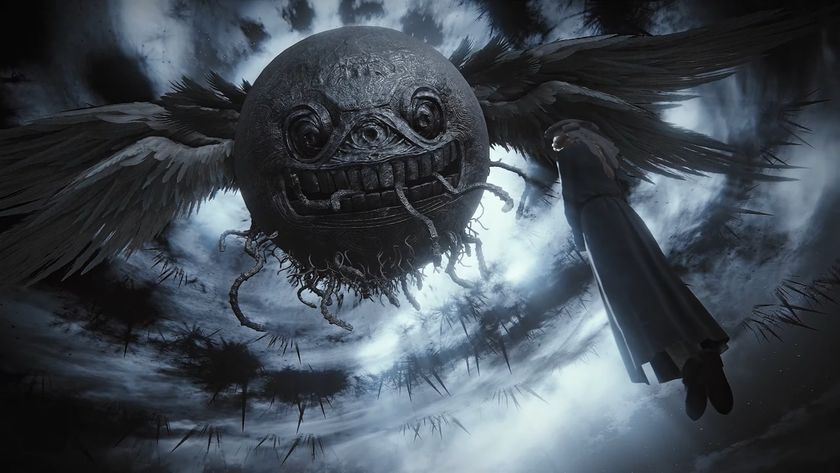Activision Blizzard hopes it can solve diversity problems with math
The studio has released a "diversity space tool" that it's using to "inspire game teams" to create more diverse characters
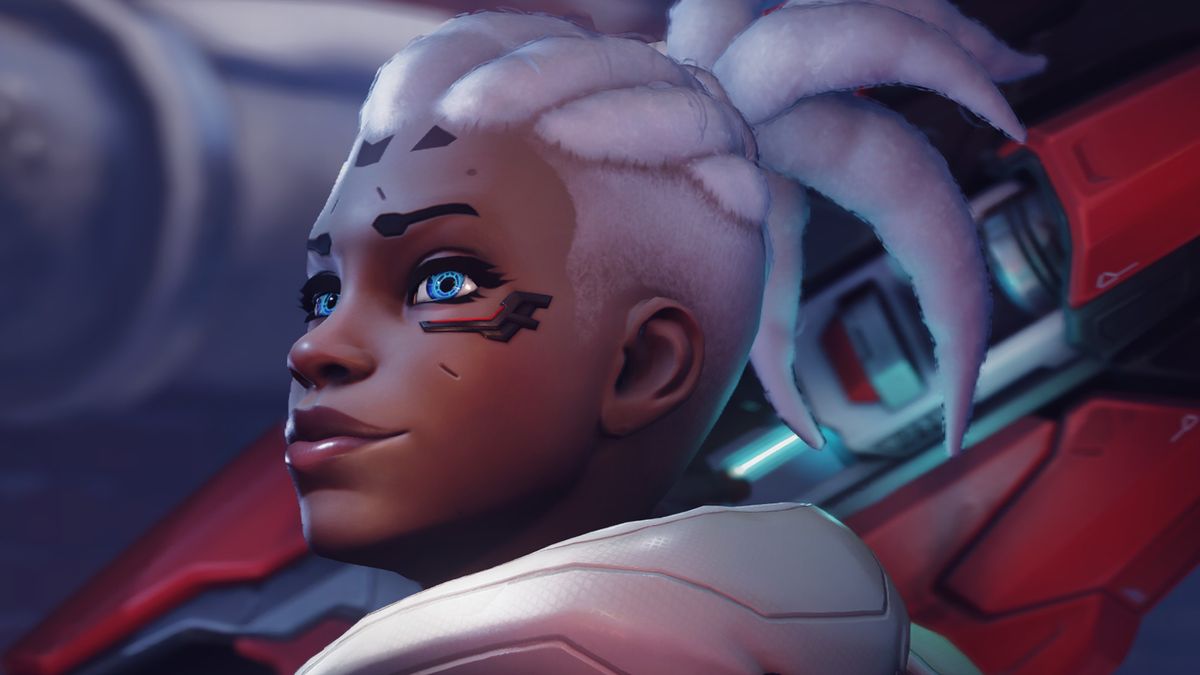
Update
Activision Blizzard has issued a statement via Twitter and updated the diversity space tool blog post to address the responses to the original announcement. The studio states that the "prototype tool has been tested internally" but is "not in active use" and that their "dev teams have always and will continue to drive in-game content."
The statement also says that the original post has been updated to "clarify the purpose of this tool," which the studio claims is "one small component of our broader DE&I efforts and is not intended to be a replacement for diverse perspectives." It concludes with an apology: "We regret any offense that the original post may have caused."
The blog post has been significantly changed in this update. All of the images have been removed, including ones that depict how the tool works, which we detailed in our original story. Importantly, huge sections of text have been removed as well, including paragraphs under the "sharing and caring" section that originally detailed how the tool was tested by the team working on Call of Duty: Vanguard.
"We used [the Diversity Space Tool] to figure out what 'more diversity' looks like across all of our characters in both campaign multiplayer and Live seasons," the original post reads. And now we’re going to use that data going forward into the next games that we’re working on." The original section stated that the Overwatch 2 team had experimented with the tool and that the plan was "to release the tool internally across Activision Blizzard starting this summer and into Q3, with an eye towards what Chomatas calls 'the ultimate goal': Making the tool available to the industry as a whole."
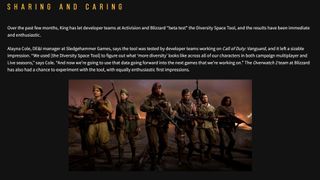
Original Story
Activision Blizzard studio King has shared a bizarre "diversity space tool" meant to help its studios design more diverse characters by using... math.
Sign up to the 12DOVE Newsletter
Weekly digests, tales from the communities you love, and more
In a blog post published on May 12, the studio lauds the tool as "a leap forward for inclusion in gaming" that was created alongside the MIT Game Lab for use in character development. The post uses characters from the Overwatch universe as examples, plotting them on the graph based on elements like gender, body type, physical ability, cognitive ability, sexuality, and more.
The tool is apparently meant to be used as a frame of reference for future character development. "Once it establishes a baseline for typical character traits … it can then weigh new character designs against it to measure their diversity," the blog reads. "During this process, the tool can also uncover unconscious bias, such as why certain traits are seen as 'male' vs. 'female,' or why characters from certain ethnic backgrounds are given similar personalities or behaviors."
While this is a noble idea on paper, the execution has raised more than a few questions. And given Activision Blizzard's current controversies – including a sexual harassment lawsuit overseen by the California Department of Fair Employment and Housing, alleged union-busting efforts, and an NYC lawsuit against Activision CEO Bobby Kotick – as well as its alleged treatment of marginalized employees, the diversity space tool hasn't landed well with everyone.
Many have argued that the company could instead hire more diverse employees who could directly inject diversity into character creation and design rather than create a tool that essentially assigns value to those identities. It's also unclear how the tool assigns values when dealing with descriptors like sexuality, gender, race, cognitive ability, physical ability, body type, and many others.
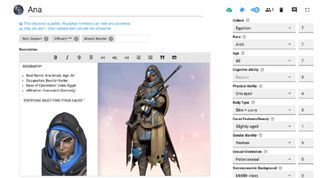
The readout for Overwatch's Ana, for instance, rates her Egyptian culture as a seven, her Arab race as a seven, her physical ability ("one-eyed") as four, and her gender identity as a woman at five, just to pull out a few data points. The same tool is also seemingly being used to evaluate Ana from a gameplay perspective by judging her role (support) and difficulty (three stars). What this data means, what it's being compared to, how it would inform current and future character design, and, for that matter, who decided that Egyptian is a seven on a scale of what is unclear, to say the least.
Activision Blizzard claims that "by starting at the character conception stage, the tool allows King and others to ask these important questions at the earliest possible moment, to promote more thoughtful creative choices from the ground up." But thus far we've only seen the tool evaluate finished characters, which goes back to its applications.
Would King and other studios run proposed or in-progress characters through this tool to determine how diverse they are? Would they instead use data supplied by the tool as a basis for new characters? At what point is there enough of a character to evaluate, and at that point, are the people creating that character not more impactful than the tool grading them? The approach is as confusing as it is impenetrable.
Activision Blizzard says it's planning to release the tool internally starting this summer, and "the ultimate goal" according to MIT's Jacqueline Chomatas is to make it available to "the industry as a whole." That being said, early reactions from many other game developers aren't exactly overflowing with enthusiasm.
Microsoft won't "stand in the way" of an Activision Blizzard union.
Alyssa Mercante is an editor and features writer at GamesRadar based out of Brooklyn, NY. Prior to entering the industry, she got her Masters's degree in Modern and Contemporary Literature at Newcastle University with a dissertation focusing on contemporary indie games. She spends most of her time playing competitive shooters and in-depth RPGs and was recently on a PAX Panel about the best bars in video games. In her spare time Alyssa rescues cats, practices her Italian, and plays soccer.
- Austin WoodSenior writer

Nintendo Switch 2 Direct reveals Hyrule Warriors: Age of Imprisonment, a Legend of Zelda spin-off set before Tears of the Kingdom
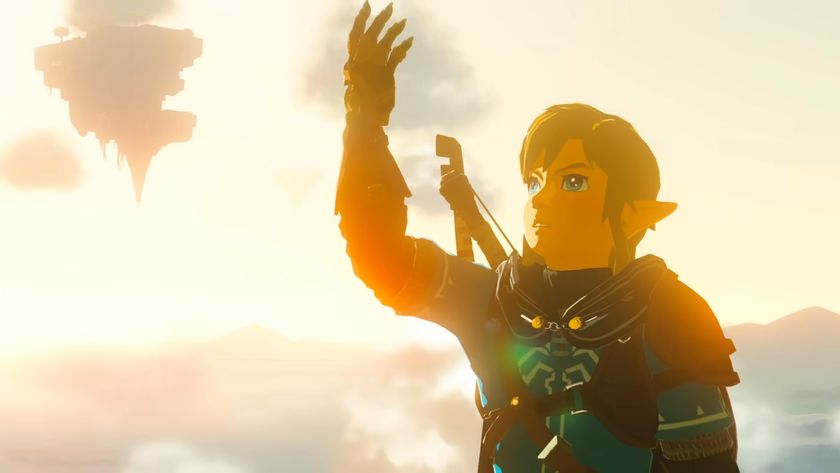
The Legend of Zelda: Breath of the Wild and Tears of the Kingdom are getting enhanced Nintendo Switch 2 Edition releases, with improved frame rate, resolution, and more

